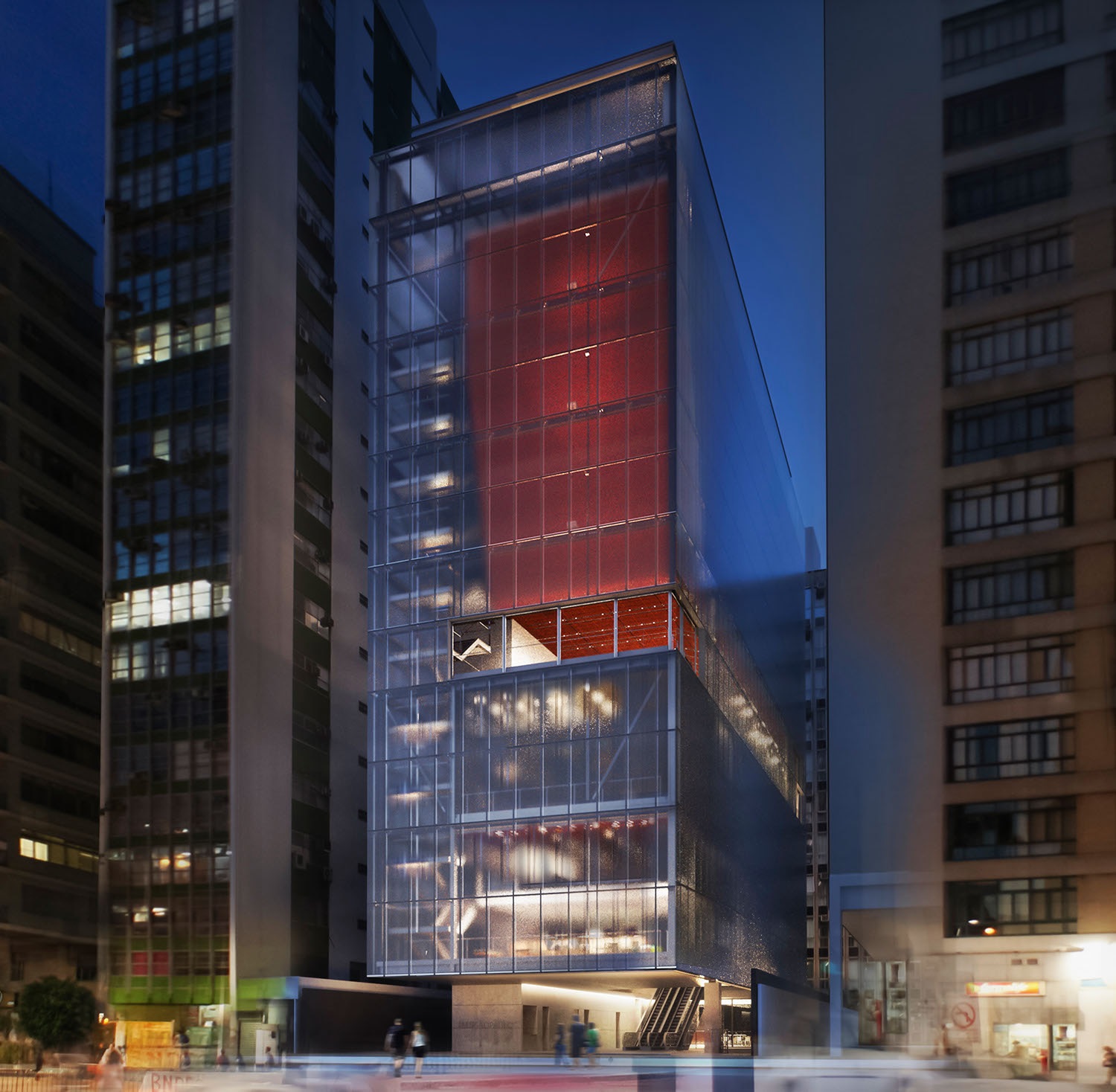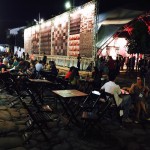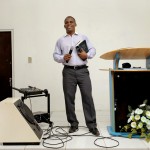About ZUM magazine and the Instituto Moreira Salles
Publicado em: 8 de janeiro de 2013ZUM is a Brazilian photography magazine published twice a year by Instituto Moreira Salles. Here is more about the IMS, whose website can be visited at ims.com.br:
***
The Instituto Moreira Salles is a singular institution within the Brazilian cultural scene. It holds important assets in four areas: photography, with the bulk of material, as well as music, literature, and iconography. The Instituto has also gained renown for its exhibitions, highlighting visual arts by artists from Brazil and abroad; and it has a soft spot for cinema. The IMS’s activities are supported by a donation initially provided by Unibanco and later added to by the Moreira Salles family. With sites in three cities – Poços de Caldas, in the southeast of the state of Minas Gerais, where the Instituto was born 20 years ago; Rio de Janeiro; and São Paulo – the IMS releases exhibition catalogues, books of photography, literature, and music, in addition to ZUM Magazine, dedicated to contemporary photography in Brazil and around the world, and serrote, a quarterly publication of essays and ideas.
The conservation, organization, and dissemination of the IMS’s collections pose immense challenges. The Photography Archive is loaded with more than 800,000 images, ranging from some of the most important documentation of the 19th century – with a place of honor for the splendid images by Marc Ferrez – to relevant collections spanning nearly the entire 20th century. Among the latter, one might mention such names as Marcel Gautherot, José Medeiros, Maureen Bisilliat, Thomaz Farkas, Hans Gunter Flieg, and Otto Stupakoff, among others. One of the Instituto’s priorities is the incorporation of 21st-century images into its collections. This formidable array – 40 collections, 19 of them comprising the complete works of the photographers in question – rightly establishes the Instituto as the most important institution dedicated to photography in Brazil.
The Music Division holds a wealth of items from the dawn of Brazilian musical recordings. The collection is overflowing with 78 rpm records, a repository of 80,000 phonograms, anchored in the invaluable collections of José Ramos Tinhorão and Humberto Franceschi. It also boasts the collections of three seminal composers whose works fostered the fortunes of Brazilian music: Chiquinha Gonzaga, Ernesto Nazareth, and Pixinguinha. Letters, papers, books, and a variety of documents make up the Literature Division. The personal papers of Otto Lara Resende, Erico Verissimo, Clarice Lispector, Carlos Drummond de Andrade, Rachel de Queiroz, Lygia Fagundes Telles, and Paulo Mendes Campos, among others, merit researchers’ attention and provide valuable information that enrich our understanding of Brazil’s literary activity.
The prehistory of the Photography Archive can be found at the Iconography Division of the IMS, with an all-paper collection (watercolors, engravings, drawings), a splendid record authored mainly by traveling artists who came to Brazil as part of diplomatic or cultural expeditions over the course of the 19th century. Highlights of the collection include the beautiful watercolors by the British artist Charles Landseer, who arrived here in 1825, and the drawings of German artist Von Martius (Carl Friedrich Philipp), who made his way across Brazil from 1817 to 1820. With the arrival of Millôr Fernandes’s collection in 2013 and the incorporation of the cartoonist and illustrator J. Carlos’s archive, IMS’s iconographic collection reached the 20th century and now offers an overview of the history of the printed image in Brazil.
All these collections are described in greater detail in this book. The IMS’s primary goal is to promote greater awareness of its assets; and, to this end, an immense effort has been put into preparing the collections through the sanitization and digitalization of images and sound archives, as well as improving their cataloguing and organization in order to better serve the needs of exhibitions, publications, researchers, and other consulters. But it doesn’t stop there. The IMS has overhauled and polished its website (IMS.com. br) so as to provide easy access to its collections and events at no cost. An online radio station, Rádio Batuta (with an available iPhone app) delves into the institute’s music collection and produces audio documentaries on great composers and performers. We are currently looking into apps for tablets and e-book readers as well.
Walther Moreira Salles’s vision of a nonprofit cultural institution took root and grew over a relatively short period. In laying the cornerstones and shaping the countenance of the IMS, Antonio Fernando De Franceschi, the first superintendent of the IMS who served for nearly 16 years, was an indispensable figure. First housed in Poços de Caldas, taking advantage of a striking Italian- style chalet, the IMS has been run out of the house that was once the Moreira Salles family residence in Gávea, Rio de Janeiro, since 1999. This house, a landmark of the modern architecture of the 1950s and designed by Olavo Redig de Campos, is surrounded by a lush garden planned by landscape architect Roberto Burle Marx, which spreads over 11,000 square meters.
Now, the IMS strides into the future with new challenges. The first of these will be the construction of a new museum in São Paulo, on Avenida Paulista, in the heart of the city and along what is today an important cultural corridor. Designed by the architectural firm Andrade Morettin, the new museum will have ample exhibition spaces, a theater/auditorium, a photography reference library, classrooms, and spaces for workshops. In addition to broadening the IMS’s aIMS in terms of photography and visual arts exhibits, the museum will bring to São Paulo an array of events that have already come to characterize life at the cultural center in Rio, such as film series, talks, courses, and concerts.
Gathering, organizing, and disseminating knowledge since its foundation, the IMS now also hopes that its collections may be used to produce knowledge. To this end, it has sought to establish partnerships and exchange programs with universities in Brazil and abroad, as well as other museums. Research is the target from here on out.
Memory is in almost everything that the IMS does; and serving as a guardian of the past is one of the noblest missions imaginable. The Instituto guards the past so that it might not become stagnant, but also because it is crucial to understanding the present and facing the future. In the highest instinct of its history, it seeks to build cultural legacies. And the Instituto remains dedicated to this mission.///
Flávio Pinheiro | Executive Superintendent
Tags: IMS Exhibitions








